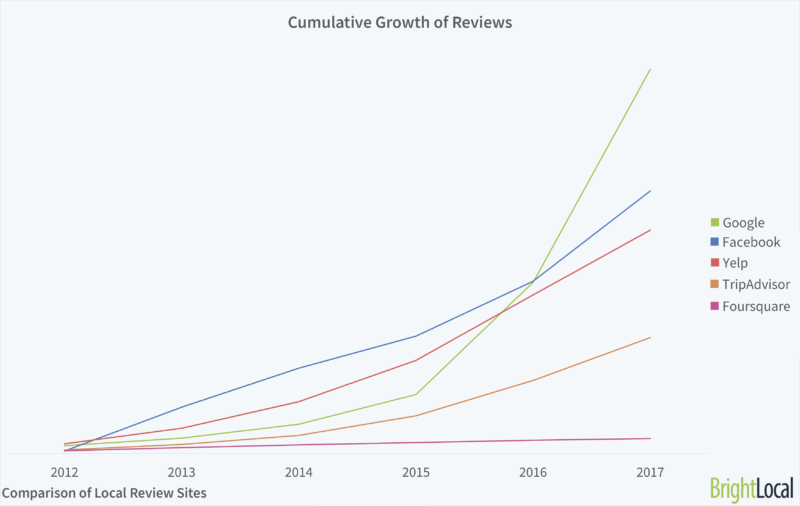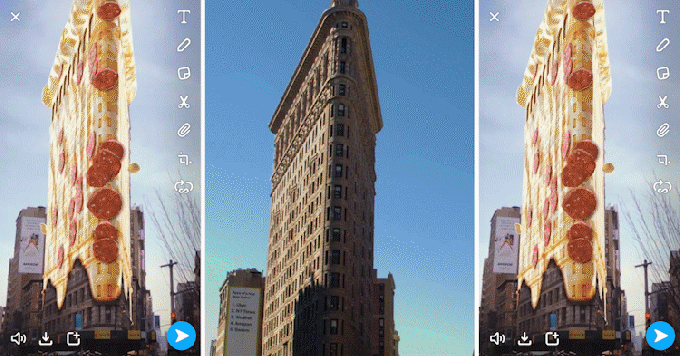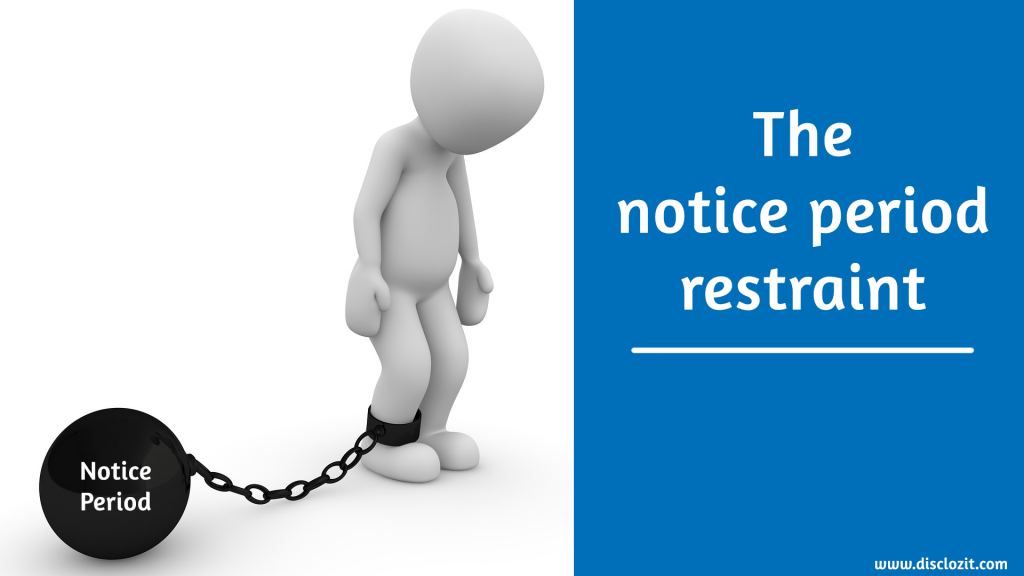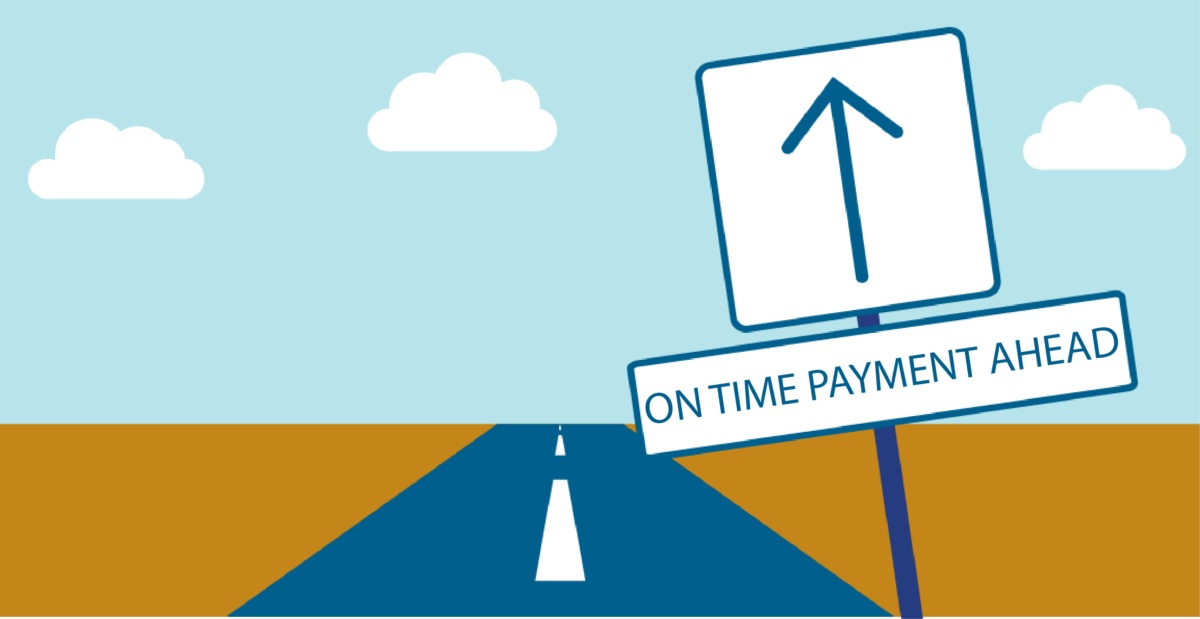We celebrated our 2021 New Years in Rajasthan & this was the perfect time for me to #DogFood Markk. More than Markking places this blog talks about how our immediate network of friends trumps every other place discovery solution available today. By end of this blog you will wonder why do we even use our current sub-optimal ways! #PakkaPromise 🙂
Step 1 of any holiday starts with – Where? This was easy based on 2 things, covid rules meant international travel was out and second Ashish Fafadia’s Rajasthan stories made us immediately pick this state.
Based on his list below we could easily plan exact number of days & detailed itinerary.

First stop was Jaipur and here is how we picked an amazing place for dinner. Thanks to Markker Nisheta. Check this tweet below
Next stop Bikaner – got help from Prashant a.k.a pacificleo with his restaurant pick – Here is our experience at Gallop restaurant (dubbed as one of the most happening spots there 🙂
And Prashant was actually in Bikaner then!
We left for Jaisalmer and loved Markker Atul Sahu’s pics for Gadisar Lake. But we actually missed spotting Kaushal’s tips for Gadisar lake & could have had a better experience! 😩
Tips from friends is what we ask for in real world and Kaushal had a great tip for Gadisar lake! Don’t miss it on your trip there.
In Udaipur we picked this amazing restaurant for lunch based on Jaynish’s Markks – & did we love it!
A lovely restaurant right by the lake & superb food.
No more Google, scroll by 100s of 4* rated places, read non relevant reviews. Trust your network first
Next stop Sahelion ki Bari based on Nikita’s Markks – each time simply drop a pin, select my friends on Markks and pick a place nearby.
#BeforeMarkkLife – Google, get 1000 links, argue if its good, read random reviews & finally depend on luck
#WithMarkk Find friends suggestions in one tap 😎
Make no mistake – every place listed above would be found in travel guides, blogs etc – but instead of spending hours reading, sorting and filtering from non-trusted/paid sources I simply picked my friends recommendations. Nothing beats this. You trust your friends the most.
And all this is at a stage when we are focusing only on creators & are yet to open up discovery in a meaning way on Markk!
Saying it again – if you care for your places #Markkit – In comings days you will wonder why do we even use our current sub-optimal ways!






